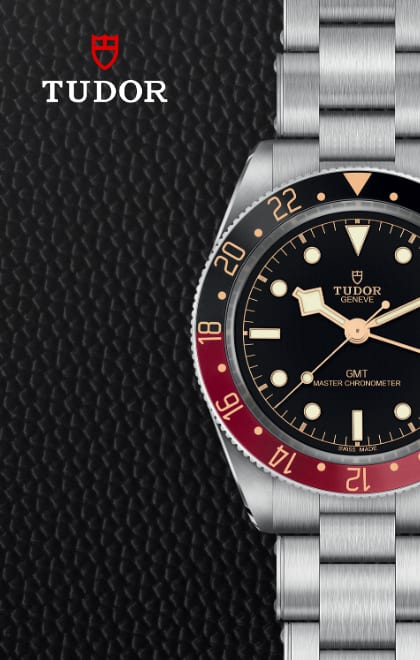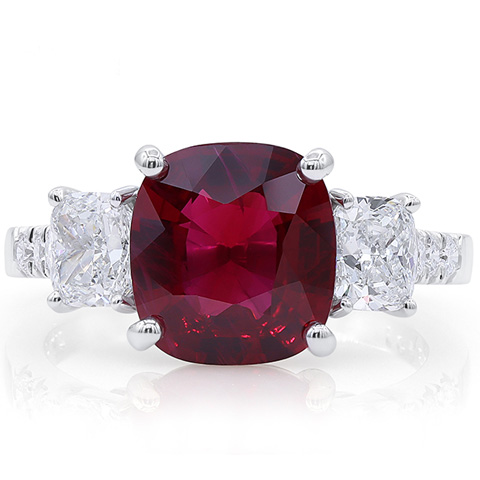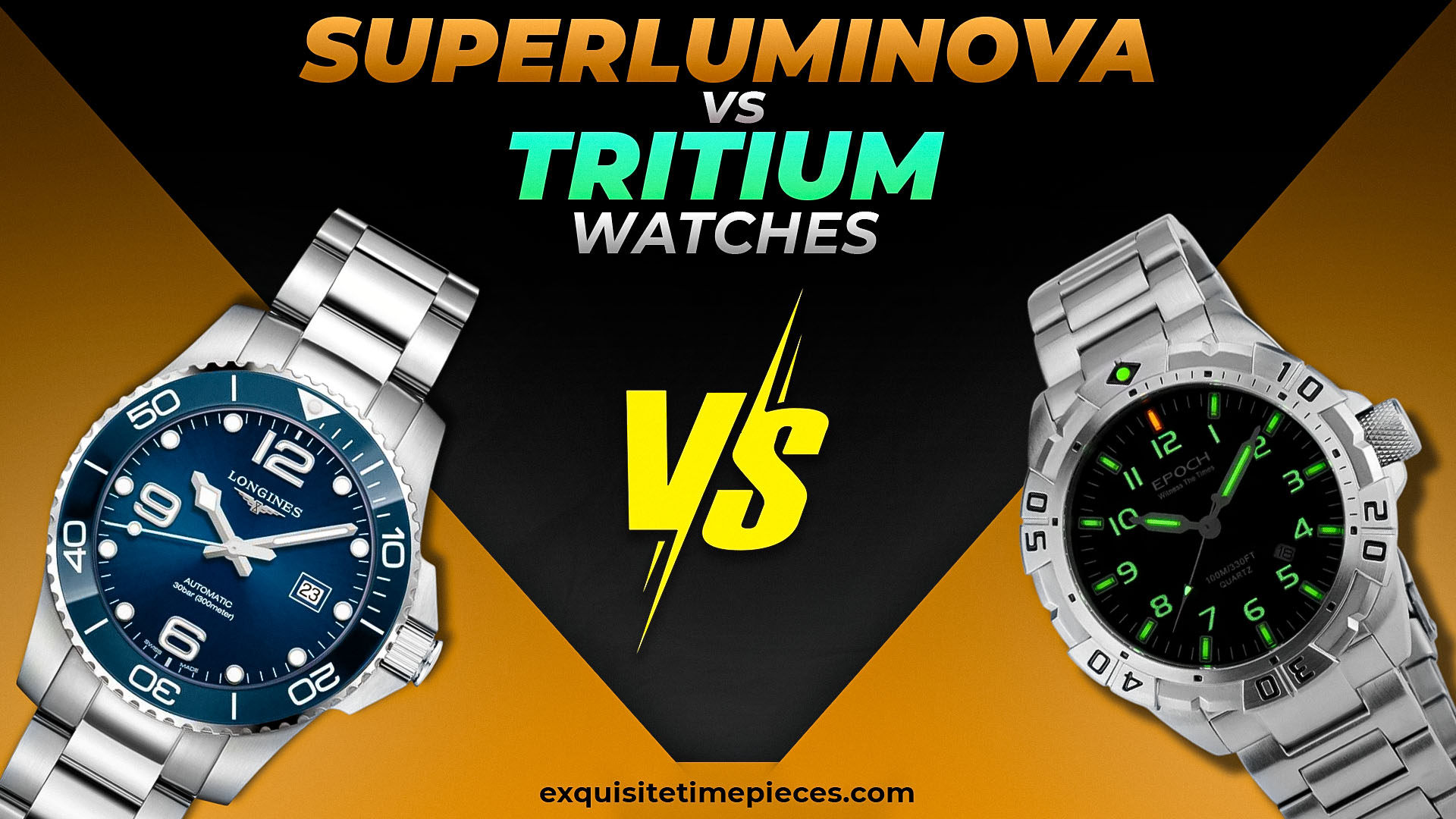
SuperLumiNova vs. Tritium Watches: Who WINS The Lume Battle?
A feature that often goes underappreciated when discussing wristwatches’ attributes, from the pricey luxury choices to the more common brands, is the trait of luminosity.
Aviators, divers, military personnel, and others have depended on this particular specification as an essential characteristic to perform their various tasks with success and distinction. Whether using a watch to plumb the depths of the sea or pilot a flight, luminescence has been a significant factor in the success of these undertakings.
Governments and militaries have repeatedly turned to the watch industry to commission timepieces to help their armies, navies, and air forces have an advantage over their enemies and perform their tasks excellently.
In this article, I will provide a history and evolution of how we arrived at the luminescence in the watches available today.
History of Watch Luminescence
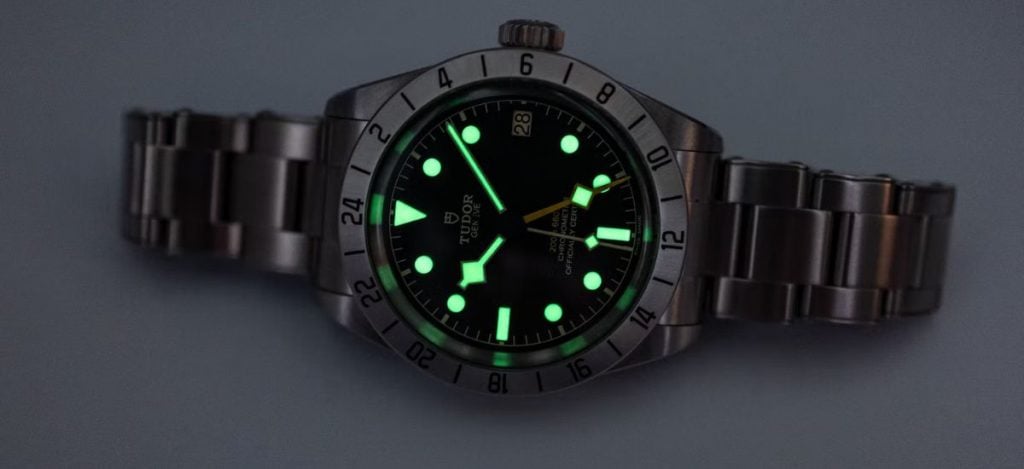
In 1908, the first radium-based paint was developed. Radium, a radioactive material, was a good choice at the time because it produced a luminescence naturally and did not rely on an outside source to maintain its glow. The radioactive decay of the radium bromide stimulated by zinc sulfide led to a permanent glow that possessed a half-life of 1600 years.
Guido Panerai patented the name “Radiomir” in 1916 and, according to the company’s website, was actively using the radium-based luminescent material in his watches. “Radiomir” is the result of combining the terms “Radio”, meaning radium, with “Mire”, meaning sights.
At that time, Panerai had improved sighting devices by incorporating this radium based luminesce for firearms sights and torpedo tubes. The upgrade in these sights permitted these weapons to be fired at night with greater accuracy.
Unfortunately, Panerai’s contribution to using and incorporating radium-based luminesce into a watch seems more an offshoot of his contribution to advanced military use and not the radium-based luminous mixture itself.
Dr. George F. Kunz is credited with inventing and patenting the radium-based mixture in 1903, so there is a bit of controversy surrounding the timeline and who receives credit for what. Nonetheless, the use of radium was widely abandoned by the mid-1960s due to the health hazards presented to humans by radioactivity.
Watchmakers and assemblers were the individuals most affected by the use of radium. Wearers of the watches had limited exposure, but because of the illnesses and deaths experienced by these two groups mentioned above, radium use was discontinued.
The following material to be used for illumination was Promethium (PM 147). It was less radioactive than radium and had a half-life of 2.5 years. This material was used for a limited time due to continued health concerns and thus led to the use of Tritium 3 starting in the 1960s.
Tritium 3 is a radioactive isotope of hydrogen with a half-life of 12.3 years. This material did require an outside source for the luminescence to be activated (like jump-starting a battery) and cause it to glow. But the glow lasted for quite a long time after activation. This became known as phosphorescence. Since there were still risks in using Tritium 3, it was phased out of use in the mid-1990s.
The Arrival of LumiNova
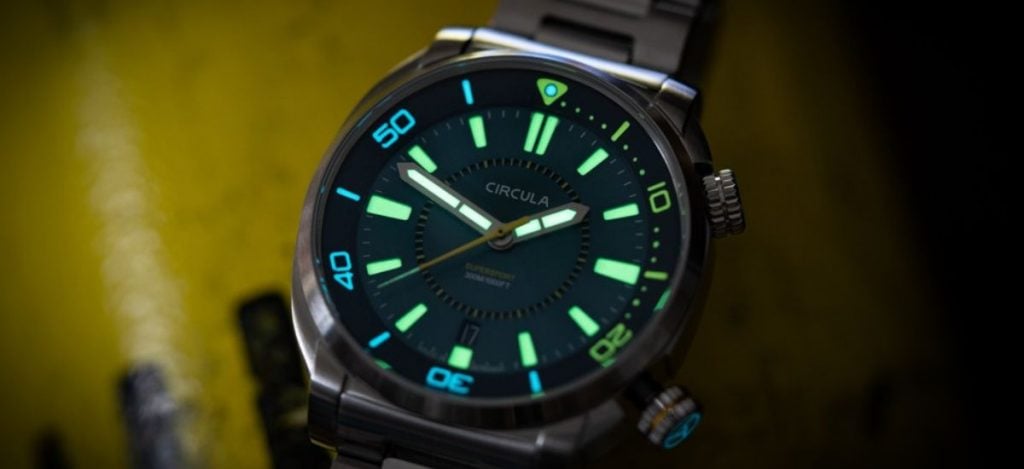
In 1941, a Japanese businessman Kenzo Nomoto set about to develop and market non-radioactive luminescent paints. He was initially contracted by the Japanese military to make luminescent paint for WWll-era airplane gauges. Soon after, he turned his attention to creating a phosphorescent non-radioactive paint and established his company in 1962. This led to the creation of LumiNova.
LumiNova is a coating that acts as a light absorbing energy storing material, like a battery. The material doesn’t glow on its own. Instead, it needs to be activated and charged by an outside light source. LumiNova is composed of strontium aluminate and combined with europium to achieve its glow.
Typically, the lume will last anywhere from 30 minutes to eight hours after a full charge of approximately 30 minutes. The more coats of lume that have been applied will ultimately determine how long the lume will last and how bright the lume will glow.
In 1993, Nomoto formed a partnership with RC Tritec Ltd., a Swiss corporation, to distribute the LumiNova coating to Swiss-based watch manufacturers. The Swiss company manufactures LumiNova in Switzerland, and the coating is marketed as SuperLumiNova.
Other luminesce are employed in various watch brands, but most seem structurally versions of LumiNova or SuperLumiNova. For example, Rolex’s Chromalight is a patented name, but the technology appears to be a version of these coatings, and Timex’s Indiglo luminesce treatment.
The Outlier – Tritium H3 (Gas Tubes)
As mentioned earlier in this article, for a brief time, Tritium was used for luminescence, but it was found to be not without its own risks associated with radioactivity. There are some great advantages of tritium over SuperLumiNova. One such benefit of tritium is that it shines brighter and lasts longer than SuperLumiNova.
It also does not need to be charged repeatedly to provide luminesce. A process was created to use Tritium more safely to provide this superior luminosity. GTLS (gaseous tritium light sources) involves inserting small amounts of tritium gas into tiny narrow glass tubes.
The tubes are treated on their inner surfaces with luminous powder activated by the gas’s electrons. These tubes can then be placed at key positions on the watch dial or other parts of a watch for maximum effect.
This includes hands, hour markers, numerals, and any place a watchmaker’s imagination can fathom. Another feature of using these tubes is that they can be manipulated into many colors, enhancing the appearance and legibility of the dial.
The Ball Watch Corporation is perhaps the most renowned watch brand to incorporate this technology. The Ball timepieces include the Self Powered Micro Gas Tubes (H3) system, which Ball touts as having a luminescence of 100 times that of SuperLumiNova. Other brands employing the tritium gas tube technology are Luminox and Tracer.
Final Thoughts
Explore the
Biggest Pre-Owned Collection of Luxury Watches
The history of luminescence and its incorporation into timepieces has an interesting but relatively short and limited evolution. Obviously, most changes in the use of materials have revolved around the health risks associated with using radioactive elements.
LumiNova and SuperLumiNova have given the industry a safe and viable way to offer luminosity on any wristwatch. SuperLumiNova is the standard offered by the finest brands, and it has satisfied both avid sportspeople and watch enthusiasts alike.
Though, in my opinion, tritium-based glass tubes appear to be the superior choice if one desires maximum luminescence and the ability to offer a variety of colors. According to my research, most companies supposedly do not employ this technology because it is costly.
I don’t fully embrace this response because a predominance of watches using these tubes today is rather reasonably priced. There has always been an inherent pursuit of excellence in producing the finest quality product amongst the fine Swiss and other luxury watch brands.
So, it is perplexing to see that more are not wanting to step up their game and offer superior luminescence as a feature. The tubes, as hair-thin, as they are, would require some modification to incorporate into existing watch models.
Still, the ability to offer a watch with the very best lume specifications is an advantage and additional selling point. Whatever the reason that the tritium gas tube technology is not used more, it appears to be the superior choice for luminescence in a wristwatch.
About Exquisite Timepieces
Established in 1998, Exquisite Timepieces is your one-stop shop for all things luxury watches! We are an authorized dealer for 60+ luxury watch brands including Omega, Hublot, Seiko, & Longines! We are proud to showcase one of the world’s largest pre-owned watch collections, including renowned brands like Rolex and Patek Philippe. Check out our brand new watch arrivals here and popular pre-owned listings here.


